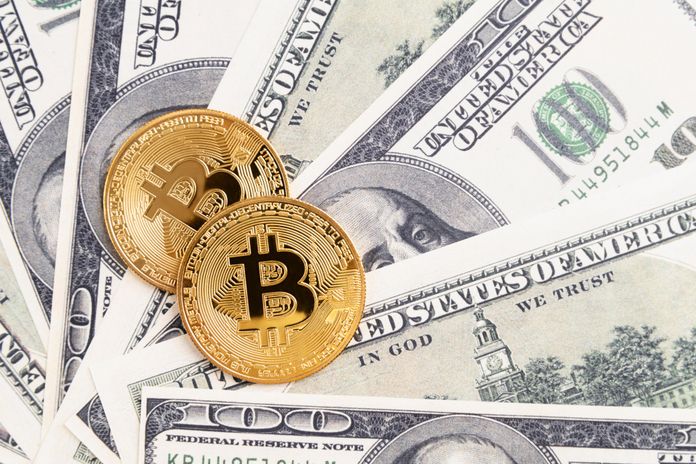Cryptocurrency Thefts Double to $1.4 Billion in First Half of 2024

The value of cryptocurrency stolen in hacks worldwide more than doubled in the first six months of 2024 compared to the same period last year, driven by a few large-scale attacks and increasing crypto prices, according to blockchain researchers at TRM Labs.
Surge in Crypto Theft
Hackers stole over $1.38 billion worth of cryptocurrency by June 24, 2024, compared to $657 million in the first half of 2023, TRM Labs reported. The median theft size was one-and-a-half times larger than the previous year.
Ari Redbord, global head of policy at TRM Labs, noted, “While we have not seen any fundamental changes in the security of the cryptocurrency ecosystem, we have seen a significant increase in the value of various tokens—from Bitcoin to ETH (Ether) and Solana—compared to the same time last year.”
Increased Motivation for Cybercriminals
Rising cryptocurrency prices have motivated cybercriminals to target crypto services more aggressively. The increased value of tokens means that successful hacks result in larger hauls for attackers.
Crypto prices have rebounded from their late 2022 lows following the collapse of Sam Bankman-Fried’s crypto exchange, FTX. Bitcoin hit an all-time high of $73,803.25 in March 2024.
Major Thefts
One of the largest crypto thefts this year was the $308 million worth of Bitcoin stolen from Japanese crypto exchange DMM Bitcoin. The company described the incident as an “unauthorized leak.”
Cryptocurrency companies are frequent targets for cyberattacks, but thefts of this scale remain relatively rare. In 2022, stolen cryptocurrency volumes were around $900 million, with a significant portion attributed to the over $600 million stolen from a blockchain network linked to the online game Axie Infinity. U.S. authorities have connected North Korean hackers to that theft.
North Korean Cyber Activities
The United Nations has accused North Korea of using cyberattacks to fund its nuclear and missile programs. North Korea has denied these allegations of hacking and cyberattacks.
Implications for the Crypto Industry
The significant increase in cryptocurrency thefts highlights the ongoing challenges the industry faces in securing digital assets. As the value of cryptocurrencies continues to rise, so does the incentive for cybercriminals to exploit vulnerabilities.
Conclusion
The first half of 2024 has seen a dramatic rise in cryptocurrency thefts, with hackers stealing more than double the amount taken in the same period last year. As the crypto market continues to evolve, the industry must remain vigilant and invest in robust security measures to protect against increasingly sophisticated cyber threats.
Featured Image: Freepik







